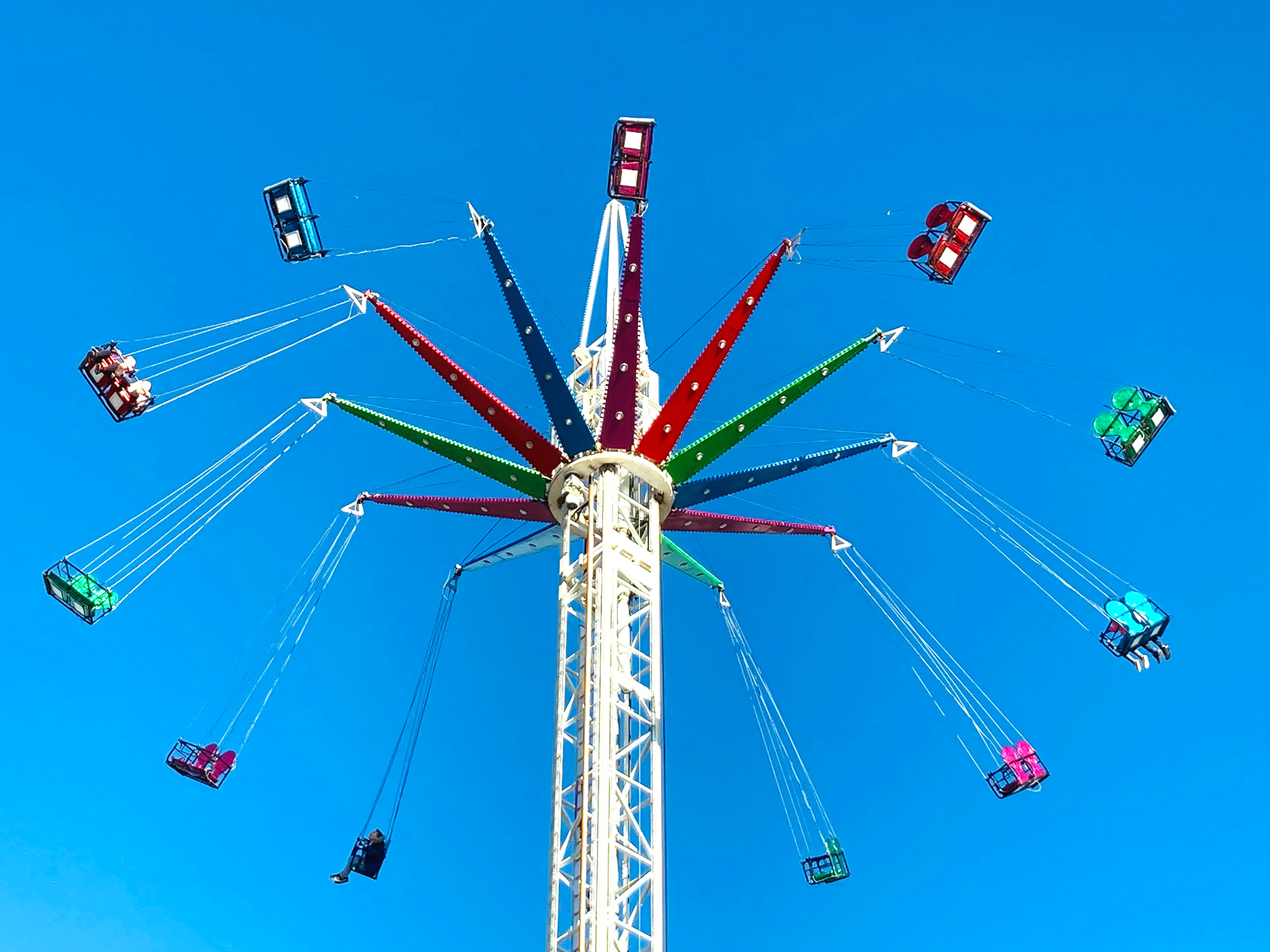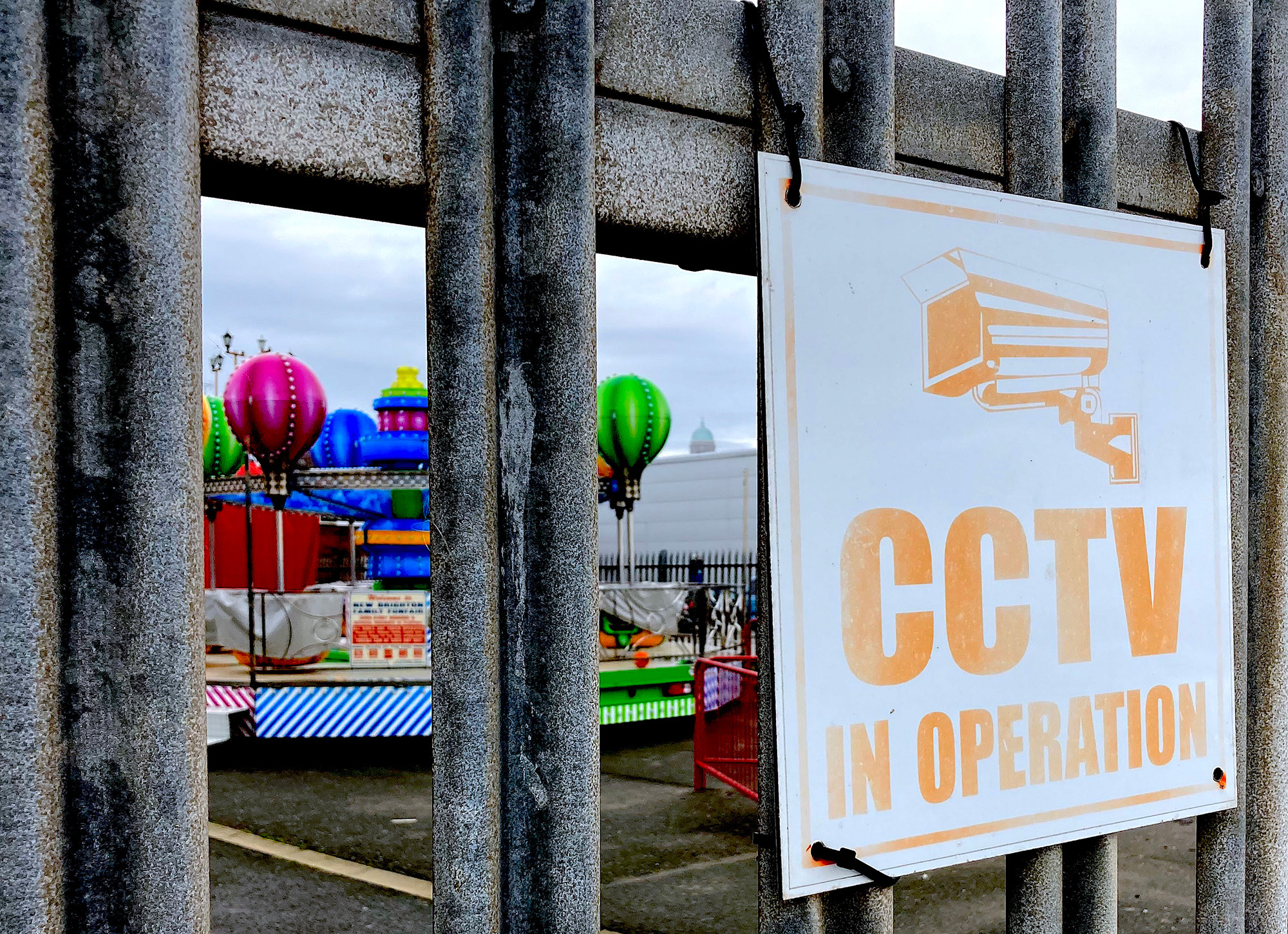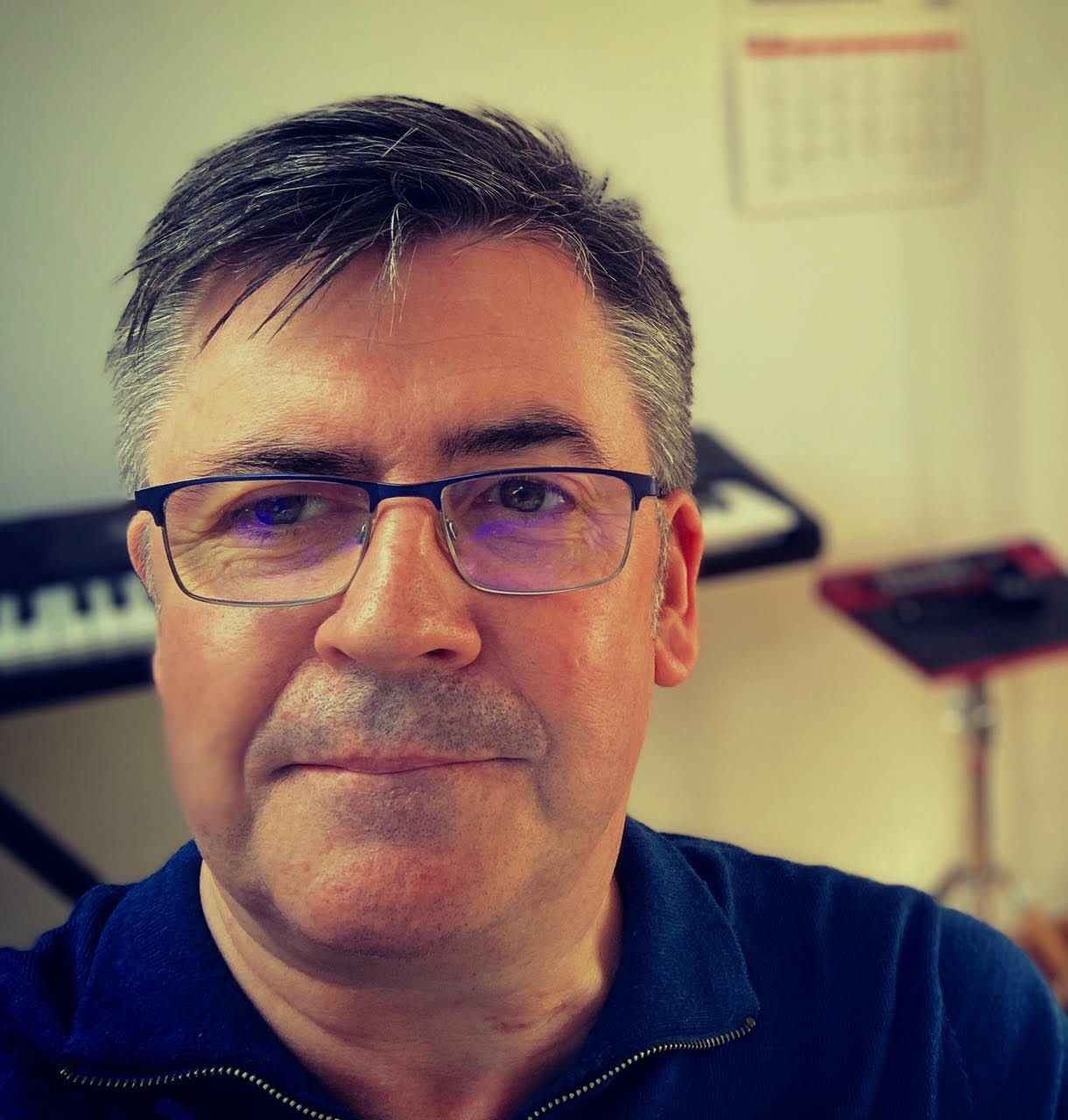Faded fairgrounds: Dave Clarkson’s sonic seaside trip
Sounds from seven British seaside towns melt together in this new album from artist Dave Clarkson, released on Cavendish House. Montaging the sonic trace of memories, pandemic period ambience & architectural reimagining for the future, Clarkson has created a soundscape journey around the complexities of British seaside resorts.
The rise and fall, then sometimes rise again, of British
seaside towns has long been a topic of discussion in media, as well as amongst
architects, urban designers, and those interested in understanding or making place. It’s easy to fall into tropes – the art biennial rescuing fortunes, the
decline of marine industries, the rise of international travel, the faded Victorian
glory…
![]()
Aware of these tropes, musician and producer Dave Clarkson set out to explore some of these towns, reading them in his own way – with sound. His new, limited-edition album A Pocket Guide to Dream Land: Faded Fairgrounds and Coastal Ghost Towns of the British Isles re-renders the towns as soundscapes, montages of found and newly recorded audio.
The artist visited seven coastal towns over the pandemic period, perhaps a time which only added to the haunted and otherly feeling seeping from the ten tracks on the album. He also folds in personal memory into the story, the track Spectral Pier Ballroom incorporating cutup moments of three musical recordings from his family archive, featuring his father, grandmother, and grandfather performing in seaside ballrooms over the 1970s and 80s.
![]()
Clarkson has previously considered place in his musical projects. Past albums explore quicksands, caves, shorelines, and forests. Here, the manmade is ever present on top of the natural backing sounds of seagulls, shoreline drifts, and passing winds. But the humanness present doesn’t just seem of this time – as seaside towns themselves carry the residue of the past, both collectively in their historical architectures jarring against the lights and imaginings of contemporary entertainments but also in our own childhood memories of place infused into the physical makeup of place.
![]()
The second track, Rollercoaster Ghost, speaks to this, with distorted, electronic screams conjuring up rollercoaster riders past and aurally projecting them into a landscape made of electronic gambling machines, arcades, and brightly illuminated modern technologies. It’s hauntological with a sense of anxiety, though later tracks temper that nervousness into a more melodic and hopeful reading of place.
![]()
T.S. Eliot famously sat in a seaside shelter in Margate overlooking the North Sea, writing some of the words which would go on to form his 1922 canonical poem The Waste Land, a poem built on loss, memory, fragmentation, and depth of reading as much as Clarkson’s album is.
It is said that as he sat there, overlooking the North Sea, from behind came the shrieking sounds of Dreamland amusement park, and that the sounds of thrillsters screaming conflated in Eliot’s creative process with the trauma and mourning of post-war, post-pandemic, and economic slumping that prefigures the mood of The Waste Land. New to the park was the Scenic Railway rollercoaster, a shallow big dipper and perhaps the screams and cheers from its riders wafted towards Eliot in the shelter, dislocated from the amusement park, somewhere between joy and terror, feeding into the Modernist project.
![]()
Such rides and parks also float up on Clarkson’s tracks, “music was generated from the sounds of penny falls, on-board rides, fairground organs” as well as the sounds of local ambience and demolition. For revival and reimagining can be a violent process, involving traumatic dispossession and largescale physical reshaping of places which may have set somewhat untouched for many decades.
The final track, Organ Transplant, speaks to this reshaping – layers of organ, clockwork ticking, silent ambience fold into one another giving way to what sounds like the distant noise of construction and architectural remaking. A new idea of place, formed of nostalgia and progression, often awkwardly squeezed into an existing situation, montaging into a complex collage.
![]()
![]()

Aware of these tropes, musician and producer Dave Clarkson set out to explore some of these towns, reading them in his own way – with sound. His new, limited-edition album A Pocket Guide to Dream Land: Faded Fairgrounds and Coastal Ghost Towns of the British Isles re-renders the towns as soundscapes, montages of found and newly recorded audio.
The artist visited seven coastal towns over the pandemic period, perhaps a time which only added to the haunted and otherly feeling seeping from the ten tracks on the album. He also folds in personal memory into the story, the track Spectral Pier Ballroom incorporating cutup moments of three musical recordings from his family archive, featuring his father, grandmother, and grandfather performing in seaside ballrooms over the 1970s and 80s.

Clarkson has previously considered place in his musical projects. Past albums explore quicksands, caves, shorelines, and forests. Here, the manmade is ever present on top of the natural backing sounds of seagulls, shoreline drifts, and passing winds. But the humanness present doesn’t just seem of this time – as seaside towns themselves carry the residue of the past, both collectively in their historical architectures jarring against the lights and imaginings of contemporary entertainments but also in our own childhood memories of place infused into the physical makeup of place.

The second track, Rollercoaster Ghost, speaks to this, with distorted, electronic screams conjuring up rollercoaster riders past and aurally projecting them into a landscape made of electronic gambling machines, arcades, and brightly illuminated modern technologies. It’s hauntological with a sense of anxiety, though later tracks temper that nervousness into a more melodic and hopeful reading of place.

T.S. Eliot famously sat in a seaside shelter in Margate overlooking the North Sea, writing some of the words which would go on to form his 1922 canonical poem The Waste Land, a poem built on loss, memory, fragmentation, and depth of reading as much as Clarkson’s album is.
It is said that as he sat there, overlooking the North Sea, from behind came the shrieking sounds of Dreamland amusement park, and that the sounds of thrillsters screaming conflated in Eliot’s creative process with the trauma and mourning of post-war, post-pandemic, and economic slumping that prefigures the mood of The Waste Land. New to the park was the Scenic Railway rollercoaster, a shallow big dipper and perhaps the screams and cheers from its riders wafted towards Eliot in the shelter, dislocated from the amusement park, somewhere between joy and terror, feeding into the Modernist project.

Such rides and parks also float up on Clarkson’s tracks, “music was generated from the sounds of penny falls, on-board rides, fairground organs” as well as the sounds of local ambience and demolition. For revival and reimagining can be a violent process, involving traumatic dispossession and largescale physical reshaping of places which may have set somewhat untouched for many decades.
The final track, Organ Transplant, speaks to this reshaping – layers of organ, clockwork ticking, silent ambience fold into one another giving way to what sounds like the distant noise of construction and architectural remaking. A new idea of place, formed of nostalgia and progression, often awkwardly squeezed into an existing situation, montaging into a complex collage.


Dave Clarksonis a Manchester-based artist, involved in electronic music for over three decades, with more than 30 releases to his name, including five Guide albums created from field
recordings. His other projects include Scissorgun with Alan Hempsall and Spectral Bazaar
with Ruth Davies.
www.daveclarkson.bandcamp.com
listen
A Pocket Guide to
Dream Land is released on Friday 14 Oct 2022. It will be available in both a
cassette and a digipak CD format. The limited edition (120) cassette pack
contains a transparent orange cassette, two postcards (featuring location
photography) and a set of badges. It also includes a high-quality digital
download code in MP3, FLAC and more.
The album is
initially available at:
www.cavendishhouse.bandcamp.com
images
All images courtesy of Dave Clarkson.
publication date
15 October 2022
tags
Album, Ambient, Amusement Park, Amusements, Ballroom, Dave Clarkson, Collage, Development, Dreamland, TS Eliot, Fairground, Funfair, Gentrification, Hauntology, Margate, Memory, Montage, Music, Nostalgia, Seaside, Soundscape, Sound art, Technology, The Waste Land
The album is initially available at:
www.cavendishhouse.bandcamp.com


